Methodology
Promoting transparency for better pension outcomes
The Global Pension Transparency Benchmark process
The GPTB measures whether pension organisations are clearly disclosing how they generate value for stakeholders. For this third iteration of the GPTB, the overarching methodology remains the same.
Disclosures continue to be scored across four equally weighted factors: cost, governance, performance, and responsible investing.
The same 15 countries and 75 funds included in the inaugural ranking were reviewed. The selection criteria was robust national pension systems with representation from all continents. The five largest pension management organisations (by AUM) within each country were scored to determine the country rankings. These organisations included DB and DC pension funds, reserve funds and sovereign pension funds.
The fund assessments were conducted between January 23 and May 5, 2023. Where the scores are the same, a joint ranking has been awarded and listed alphabetically.
The independent reviews included fund websites, annual reports, financial statements, and various other published documents. Reasonable, but not exhaustive, efforts were made to find information. Key disclosures should not require extensive effort and time to find and understand. Transparency means information is easily accessible.
Disclosures were scored using yes/no answers to capture what is disclosed/not disclosed. For some disclosures, where there were wide ranges in the information value and clarity, a more subjective 0/1/2 scale (not disclosed/basic/excellent) was applied.
Keeping the framework consistent year over year allows for direct comparability and the ability to capture trends. However, each year small changes are made to improve the quality of information captured in the survey. This year’s changes are outlined below (both changes were in the Responsible Investing section):
- The question ‘Does the fund disclose whether responsible investing has an impact on the organisation’s scorecard?’ was removed. Due to the complexity of quantifying the impact of responsible investing, no funds reported this measure.
- The question, ‘Does the fund provide their summary UN PRI scorecard or results, if they don’t provide their annual PRI assessment report?’ was added to give credit to funds who show a scorecard but not the full report.
Last year’s scores have been restated based on this year’s scoring rubric. We did not go back and score new questions, but rather allocated the respective marks proportionally.
The organisations listed below have made significant contributions to improving transparency and disclosure standards. Higher scores as well as examples of ‘Best Practice’ often came from organisations that used their frameworks and standards.
Key challenges
A key challenge was to design questions that provided the flexibility to accommodate key differences across funds. Reasonable, but not perfect comparability, was achieved. These comparability challenges included:
- plan type (e.g. DB, DC and combinations of both).
- organisational mandate (investment only, investment and member services).
- regulatory framework (e.g. pension insurance and trust models).
- competitive environment (funds compete for members or have captive members).
- languages – Google Translate was a valuable tool for the project team. However, translating technical material across 11 languages and varying print formats is not fool-proof.
Factor assessment component questions
The review questions for Cost, Performance, Governance and Responsible Investing can be found by downloading the full GPTB questionnaire.
Please note, your details will be shared with both CEM and Top1000funds.com. Your data will never be shared with any other organisations or third parties.











